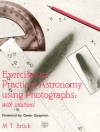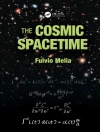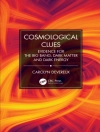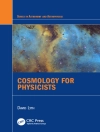This book is dedicated to the application of the different theoretical models described in Volume 1 to identify the near-, mid- and far-infrared spectra of linear and nonlinear triatomic molecules in gaseous phase or subjected to environmental constraints, useful for the study of environmental sciences, planetology and astrophysics.
The Van Vleck contact transformation method, described in Volume 1, is applied in the calculation and analysis of IR transitions between vibration-rotation energy levels. The extended Lakhlifi-Dahoo substitution model is used in the framework of Liouville’s formalism and the line profiles of triatomic molecules and their isotopologues subjected to environmental constraints are calculated by applying the cumulant expansion.
The applications presented in this book show how interactions at the molecular level modify the infrared spectra of triatomics trapped in a nano-cage (substitution site of a rare gas matrix, clathrate, fullerene, zeolite) or adsorbed on a surface, and how these interactions may be used to identify the characteristics of the perturbing environment.
İçerik tablosu
1. Symmetry of Triatomic Molecules.
2. Energy Levels of Triatomic Molecules in Gaseous Phase.
3. Clathrate Nano-Cages.
4. Nano-Cages of Noble Gas Matrices.
5. Effect of Nano-Cages on Vibration.
6. Adsorption on a Graphite Substrate.
Yazar hakkında
Pierre-Richard Dahoo is Professor at the University of Versailles St Quentin (UVSQ), researcher at LATMOS, UMR 8190 CNRS, Manager of the University Institute of Technology of Mantes-en-Yvelines and Program Manager of the Chair ‘Materials Simulation and Engineering’ of the UVSQ in Versailles, France.
Azzedine Lakhlifi is Lecturer at the University of Franche-Comté, and researcher at UTINAM Institute, UMR 6213 CNRS, OSU THETA Franche-Comté Bourgogne, University Bourgogne Franche-Comté, Besançon, France.












